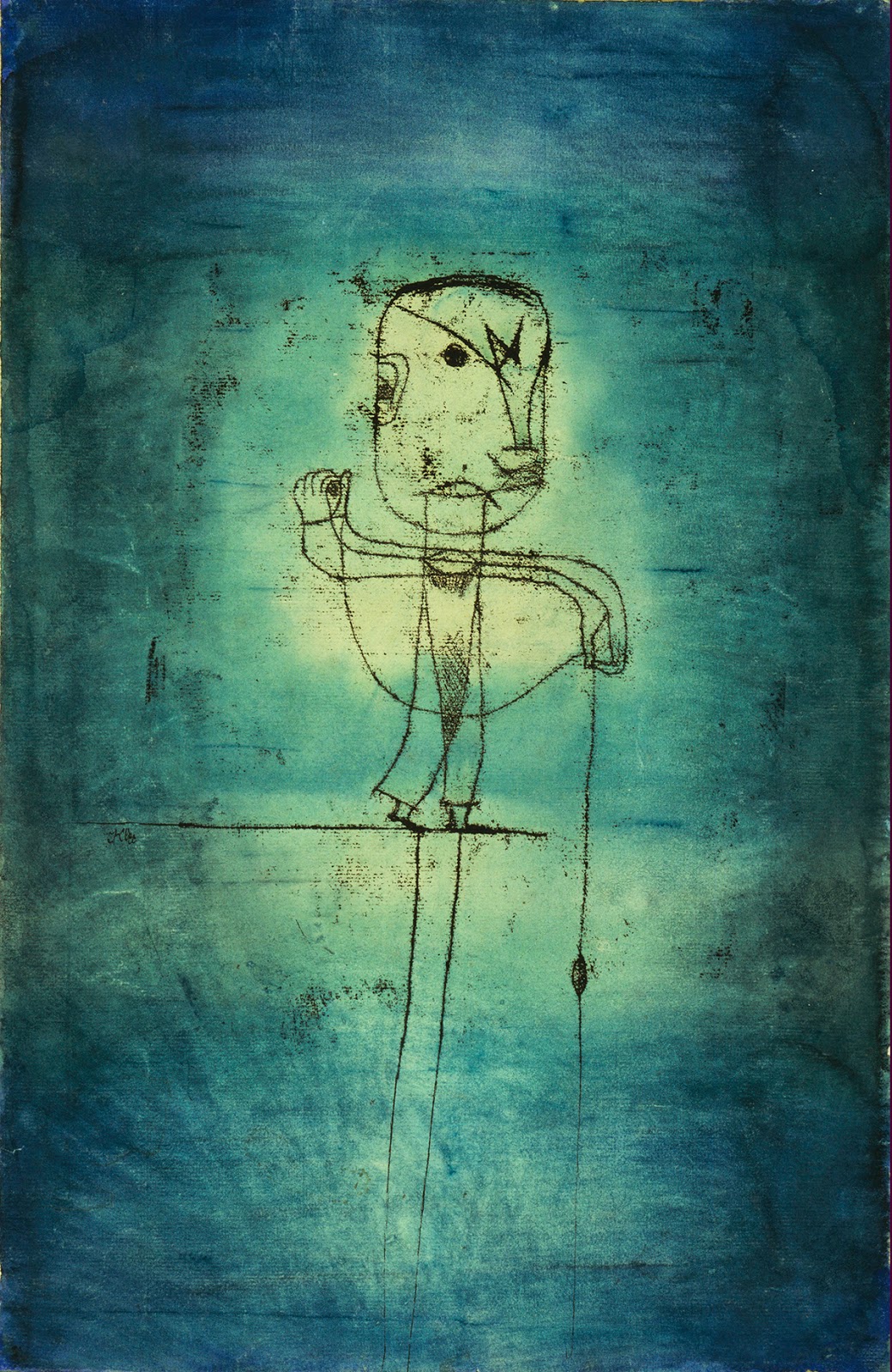.JPG) |
| Mel Bochner, 2008 |
I was thrilled to attend the event, Dialogue
and Discourse: Mel Bochner and Norman Kleeblatt at The Jewish Museum to view
and hear about Bochner’s new show, “Strong Language”, on exhibit until September 21, 2014. The show features Bochner’s distinctive and provocative
text-based works that span his five-decade career. The dialogue and
exhibition were both enlightening and inspiring and conveyed depth and insight
into Bochner’s process, transitions and impact on Conceptual Art.
.JPG) |
| Norman Kleeblatt (L) and Mel Bochner (R) The Jewish Museum, May 15th, 2014 |
The
artist dialogue revealed the motivation behind Bochner’s ideas that often
encompassed humor, intellectual representation, and his affinity for synonyms.
What was even more revealing was Bochner’s body language. As he took the stage
with Mr. Kleeblatt, Bochner shifted away from the spotlight cast upon him and
moved his chair into the shadows. Needless to say, he could not escape the
limelight and he brought subtle humor to his aversion of being the center of attention,
which he richly deserves.
Bochner’s
early works from the 1960’s were spawned from words, from the cerebral and the
mathematical that are mindfully penned on graph notepaper. These early works
can be easily connected to his recent paintings that are large scale, full of
lush color, and inspired by language and the Thesaurus. His later works are divergent,
but clearly an evolution of his earlier endeavors and accomplishments.
.JPG) |
| Self/Portrait, 2013, Oil on canvas |
Curator Norman Kleeblatt began the dialogue with a new self-portrait Bochner created in
2013 to commence the exhibition appropriately titled Self/Portrait, 2013. For Bochner portraiture is representational
(like language) and when you enter the gallery, you are enveloped with a large
self-portrait that is exemplary of Bochner and his methods. This new work
echoes a previous self-portrait created in 1966, which reads as a manicured,
inked list on graph paper, rather than a painting. During the dialogue, he
described how hard it would be to pick one word (and the synonyms) to describe
himself as he did in his conceptual portraits in the late 60’s for friends like
Eva Hesse and Marcel Duchamp. So instead he choose the ideas, the words, to embody
the idea of the self-portrait.
.JPG) |
| Photo from Dialogue and Discourse: Mel Bochner and Norman Kleeblatt The Jewish Museum, May 15th, 2014 |
The
1966 self-portrait was highly conceptual and now Bochner reinvents and
transforms it into a fresh painting that looks like it was painted with
sweeping drips of vanilla gelato with urban grit. His love for synonyms is on
full display as the words Self and Portrait headline the composition and he
creates two lists of synonyms that provoke questions about the idea of the
portrait. However, when read across the words become phrases that take on new
meaning, which Bochner frames as sometimes being evocative or just silly. He
keeps the spine (empty Colum in center) in his work, which can be read as
figurative and he deliberately has 18 words on display, which is symbolic and
meaningful in Judaism. The number 18 is represented by the Hebrew letters חי, “chai” and means life in Hebrew. So there are
“hidden” meanings in his composition and in relation to himself. Bochner also revealed that the painting
is as tall as he is.
 |
| Panoramic photo of the exhibition at The Jewish Museum, ©Monica Hopenwasser |
.JPG) |
| Crazy, 2005, Oil and acrylic on canvas |
.JPG) |
| (Small) Fart, 2003, Oil and acrylic on canvas |
His
humor is on full display with his painting (Small)
Fart, 2003 that was for his 8-year-old daughter. This sweet story was revealed
when Bochner exclaimed to Kleeblatt and the audience... “Aren’t we going to
discuss and show the Fart painting”, which generated a roar of laughter from
the audience. Kleeblatt jested back that is it on display downstairs for
everyone to enjoy and this opened up to the funny story of how the painting
came about. Bochner gave his daughter the opportunity to choose a word and he
would create a painting for her birthday. (On another note, he doesn’t really
do commissions and paints for himself). She wisely picked the word Fart that is amusing and childish and
can make anyone laugh.
.JPG) |
| Jew, 2008, Oil on Canvas |
 |
| Photo from Dialogue and Discourse: Mel Bochner (L) and Norman Kleeblatt (R)The Jewish Museum, May 15th, 2014 |
Mel Bochner was a great
guest in discourse with curator Norman Kleeblatt. The event was educational and
illuminating in this beautifully conceived show. Bochner was genuinely
interested in the audiences’ questions and Bochner stated that for him that was
the best part of the conversation… Hearing what the audience had to say in
relation to and about his work and how his work is perceived. Bochner ‘s artwork and concepts can
easily be introduced in to the art classroom because of the many
cross-disciplinary connections that can be made to language and mathematics, as
well as techniques to painting letters and color mixing. There are so many
connections and teaching points that cane be generated from his approach and
methods. There is more to learn and see at the show then the above mentioned.
For example, how Bochner reinvents the idea of the reproduction and how he used
photography in his early works. He was a gentleman and a true artist and this
is a show surely not to be missed.









.JPG)


.JPG)




.JPG)

